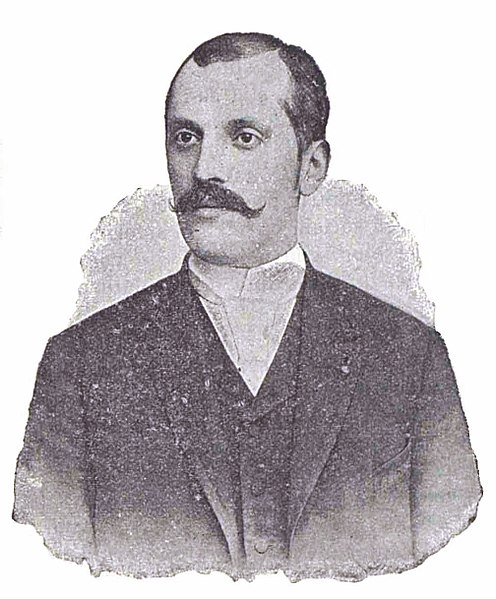Modern Romanian is the historical stage of the Romanian language starting from the end of the 18th century until today. In general, it is agreed that the modern epoch comprises three distinct periods: the premodern period starting from 1780 and lasting until 1830, the modern period from 1830 until 1880, and the contemporary period after 1881. Some researchers place the end of this last category roughly after the Second World War and the "Socialist Period", thus separating the current state of the Romanian language from a different epoch. Modern Romanian is characterized by the development of the Romanian alphabet and modern system of writing, initial Latin and Italian lexical item entries, followed by the central role of French in the development of the Romanian lexis, the development of literary styles, and standardization of the language.

Elena Văcărescu - 1936 Paris. Descendant of the Văcărescu family, she was one of the many writers the aristocratic family gave since the late 18th century.
Portrait of Ion Heliade Rădulescu
Gheorghe Asachi
Nicolae Bălcescu
History of the Romanian language
The history of the Romanian language started in Roman provinces north of the Jireček Line in Classical antiquity. There are three main hypotheses around its exact territory: the autochthony thesis, the discontinuation thesis, and the "as-well-as" thesis that supports the language development on both sides of the Danube. Between the 6th and 8th centuries AD, following the accumulated tendencies inherited from the vernacular Latin and, to a much smaller degree, the influences from an unidentified substratum, and in the context of a lessened power of the Roman central authority, the language evolved into Common Romanian. This proto-language then came into close contact with the Slavic languages and subsequently divided into Aromanian, Megleno-Romanian, Istro-Romanian, and Daco-Romanian. Because of limited attestations between the 6th and 16th centuries, entire stages from its history are reconstructed by researchers, often with proposed relative chronologies and loose limits.

Jireček Line, a theoretical line separating the areas featured primarily by Latin inscriptions from lands where Greek was the dominant language of memorials in the Roman Empire. Romanian is almost exclusively spoken in territories that were never or for less than 180 years under Roman rule. Macedo-Romanian and Megleno-Romanian are spoken in the lands to the south of the Line.
Latin inscription from Skopje, North Macedonia. According to one of the main theories on the origin of Romanian, it was preceded by Vulgar Latin spoken south of the Danube.
Latin military diploma from Gherla, Romania. According to one of the main theories on the origin of Romanian, it was preceded by Vulgar Latin spoken in Dacia.
A traditional house built in Berbești in 1775 (Dimitrie Gusti National Village Museum in Bucharest)








